In this article, I have made a comparison with our Resume Matching Software and the abilities of recruiters. Are recruiters better in matching resumes with jobs than software applications? Learn more about the features of our matching software http://staa.agency/cv-matching-software/.
All recruiters I know think that if they screen hundreds of resumes for a vacancy, their output is of a higher quality than any resume matching software could do. What do you think? Are you, as a recruiter, better able to pick the best resumes from a long list of 100 candidates?
Table of Contents
Are recruiters better than Resume Matching Software?
First of all, it depends on how good the software is that you use. It depends on how good the recruiter is. That is obvious. So, let’s assume we have the best recruiter, and we have the best matching technology. Who wins?
To determine who wins, we should identify the key performance indicators.
The KPI’s we use in our company (and many recruitment agencies with us) the following KPI’s:
- The time needed to get a long list of 100 resumes from your database,
- The time needed to screen this long list of 100 resumes,
- The time to e-mail all selected candidates,
- The quality of the selected resumes,
- The % of selection errors,
- The % of overlooked (missed) excellent candidates.
The comparison. Recruiter versus Matching Technology
As a comparison, I have taken STAA into the comparison with recruiters. Because of all resume matching software, I know STAA best…and I have compared STAA with the performance of all excellent recruiters I happened to know.
- The time needed to make a long list from the resumes in your database
With most Applicant Tracking Systems (ATS or Recruitment Applications), an experienced recruiter would need 30 minutes to a couple of hours to have a long list of all the possible relevant candidates. This long list can be massive, and the recruiter can narrow down the results until there are 100 best resumes left.
Recruiter: 60 minutes STAA: 1 second 0 – 1
- The time needed to screen (read) this long list of 100 resumes and assessing the relevance with the requirements of the vacancy
If the recruiter takes this job seriously and does not want to run the risk of overlooking one single great candidate, he or she will need, on average, 5 minutes per CV. That’s a bit more than 8 hours non-stop. Perhaps a very experienced recruiter can do this in half of the time. But…the higher the speed of scanning the resumes the bigger the chance is that an excellent candidate will be overlooked. So, a recruiter will need 4 to 8 hours. Here I take the average.
Recruiter: 240 minutes STAA: 1 second 0 – 2
- The time to e-mail all selected candidates
Usually, this will take another 1 to 2 hours to send all the candidates an e-mail or text message. Of course, an excellent matching application does this within a second.
Recruiter: 90 minutes STAA: 1 second 0 – 3
- The quality of the selected resumes
Here you would think that the recruiter will be better. Or at least as good as the resume matching software. And in many cases, this is correct. An experienced recruiter will have excellent results, while Junior recruiters still might find it very difficult to assess the relevance of a CV. The quality of the technology is, in this case, all decisive. And many applications will not win from a recruiter. But, the matching algorithms in STAA are so advanced that they also outperform in quality the work of a recruiter.
Recruiter: 80% STAA: 99% 0 – 4
- The % of selection errors
STAA and other applications usually select many more resumes into the long list than recruiters do (because they run in seconds through an entire database of resumes). So, the initial % of selection errors are higher than that of a recruiter. But the applications give all selected resumes a score from high to low. It means that the resume matching software gives you the choice of the degree of matching you would like to accept, without the need to narrow down your search results or widening your results as you might not have enough candidates. We have to conclude also here. STAA wins ?
Recruiter: 90% STAA: 99% 0 – 5
- The % of overlooked (missed) excellent candidates
If a recruiter overlooks Mr. or Ms. Perfect for a crucial vacancy, the assignment is lost. Not one single agency can afford to miss one single perfect candidate. But this is what happens all the time. Not any excellent recruiter can always detect from hundreds of potential and relevant candidates all the excellent perfect matches. STAA does not overlook anybody. But this is not a standard feature of every application. I will explain this in the chapter “Matching Algorithms.”
Recruiter: 90% STAA: 100% 0 – 6
And the winner is…
It’s obvious, no matter how good the recruiter is, STAA beats him or her on all KPI’s. And that’s good news for the recruiter. Because filtering, screening, and contacting thousands of candidates each month is a tedious job. That’s not the part of the recruitment job most recruiters like best. That is why many agencies employ researchers to take this over from recruiters. In many agencies’ recruiters spend up to 50% of their time just doing this—50 %. If an agency has ten recruiters with an average total salary cost of € 5.000 per month, the agency spends € 25.000 on salary cost, which can be done faster and better by STAA. For a fraction of the cost. Imagine if an agency’s ten recruiters will spend 100% of their time talking with only the relevant and interested candidates and their clients. They will do at least twice the number of placements you are doing now.
Matching algorithms. How can STAA be better than a human being?
We have analyzed into great detail the way we (recruiters) assess resumes. It turned out that we don’t only look at Job Title, working experience, location, relevant skills, or education. An experienced recruiter blends all kinds of components intuitively, can read in between the lines, pays attention to what is not written in the CV, and “feels” the CV (based on the experience of having read and met hundreds or even thousands of candidates).
While developing the matching algorithms in STAA, we considered this all, and we have identified 12 major components for an excellent and 100% perfect result.
These include, of course, the skills, level of the candidate, job title, and working experience. The secret of excellence in this all is:
- The level of being able to accurately parse and read all the information as written in the CV and Vacancy,
- To have the application look at all the information from different angles, just like a recruiter does to be able to select a Ms. or Mr. Perfect even if the CV, at first sight, is not that impressive.
And because the matching algorithms in STAA can look at thousands of resumes within a couple of seconds from different angles taking into consideration ALL the words written in the CV and the Vacancy…it is has become invincible.
This article is written by gerard.koolen@lugera.com, Group Managing Partner, +31622959248
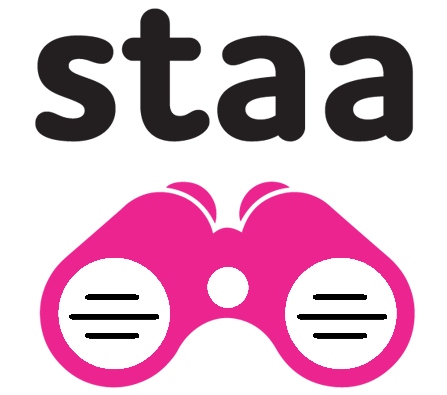
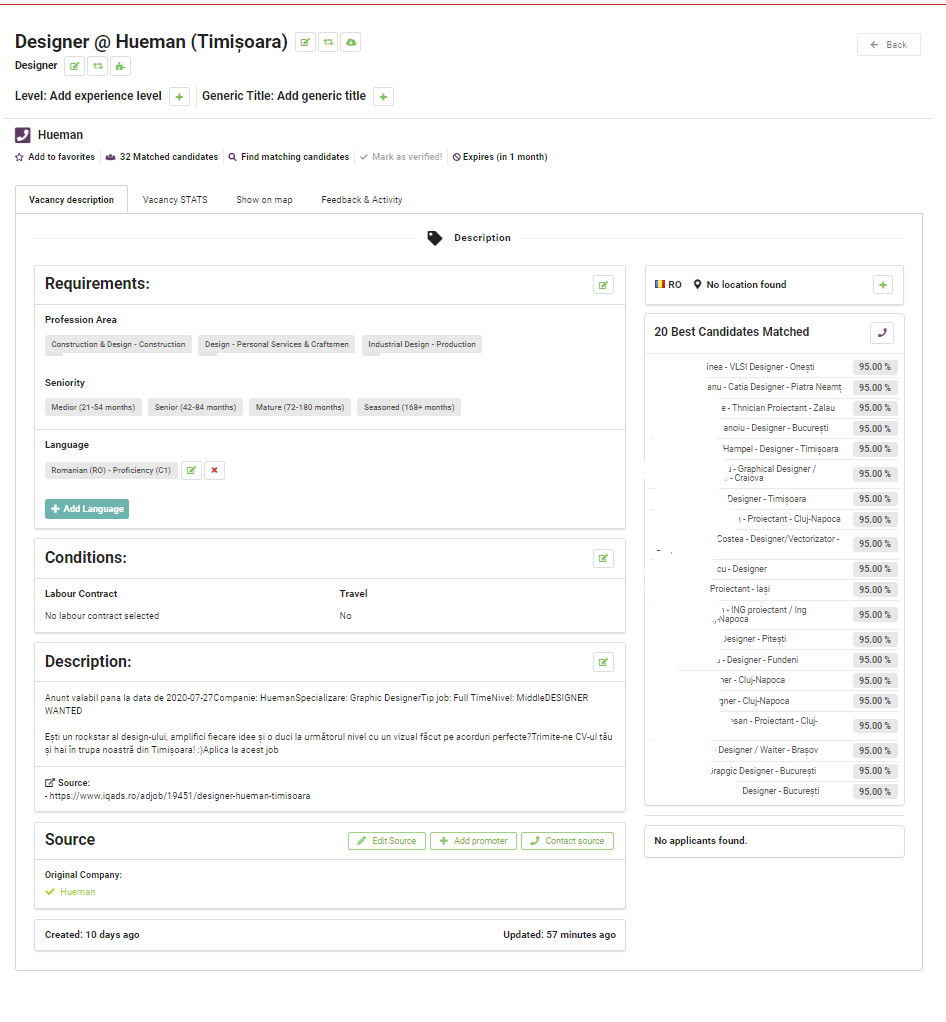
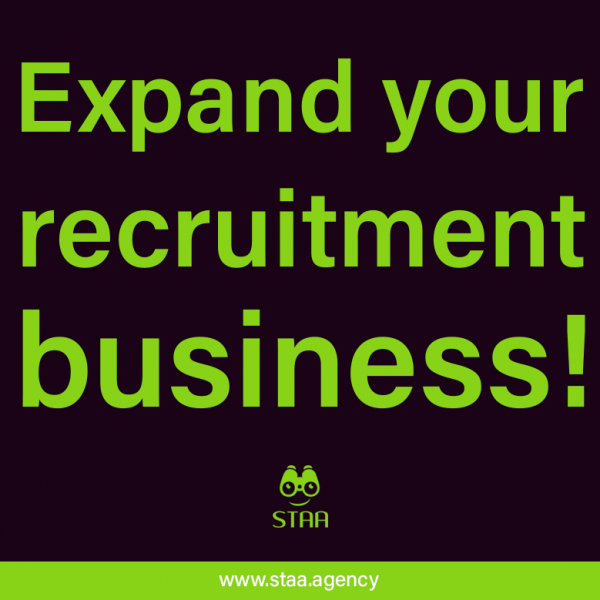
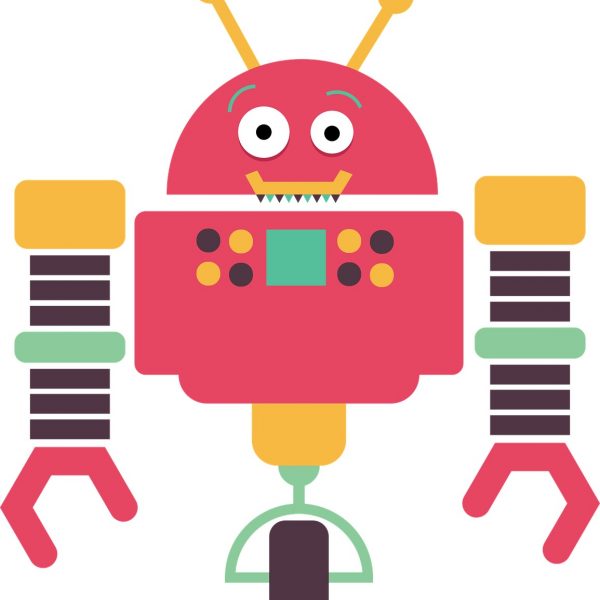
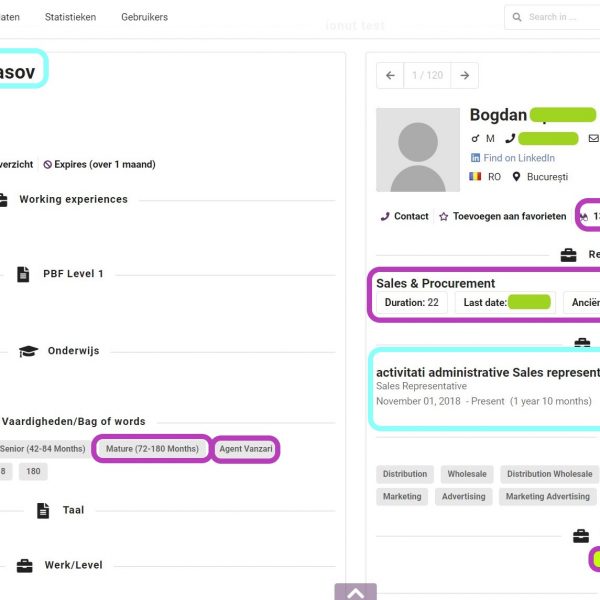



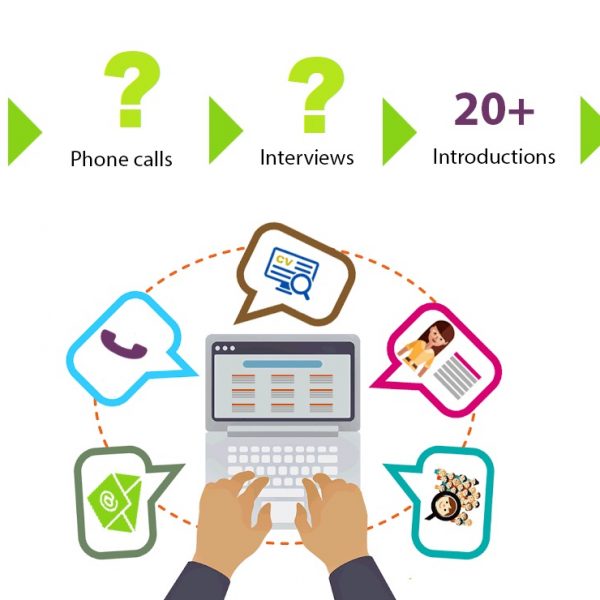



Najnoviji komentari